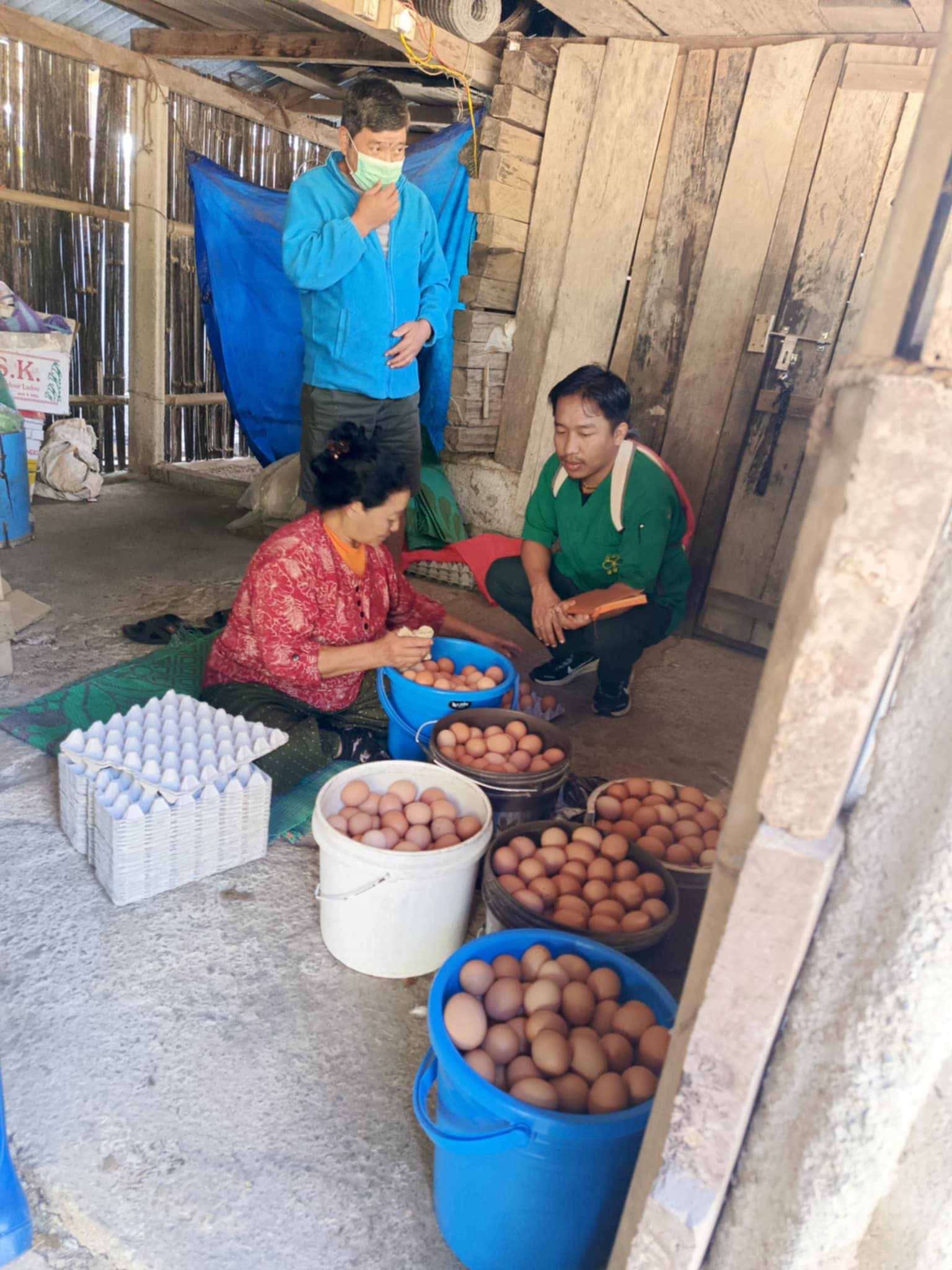EGG PRODUCTION METRICS, PROFITABILITY AND MANAGEMENT PRACTICES IN LAYER FARMING IN SARPANG DISTRICT
Keywords:
Egg; Layer farming; Management practices; ProfitabilityAbstract
This study examines the economic performance and management practices of layer poultry farming in Sarpang District, a region producing 22 million eggs annually. Using data from 30-layer farms, representing 30% of the district's poultry operations, the research analyses feed efficiency, production metrics, and profitability. Egg production averaged 668±394 eggs daily, with a mortality rate of 12.9% no significant relationship was found between stocking size and mortality rates (p = 0.412). The cost of production (CoP) per egg was Nu. 7.85, while the average selling price was Nu. 13.77±1.14, yielding a profit margin of 75.4%. Revenue among farms varied significantly, influenced by factors such as farm size, market access, and management practices, with monthly earnings ranging from Nu. 81,900 to Nu. 720,000. Training of poultry farmers emerged as a critical factor in improving production efficiency, as farmers with formal training reported more consistent outcomes. Despite its profitability, the sector faces challenges, including inadequate management practices and limited access to modern infrastructure. To overcome these, the study recommends targeted investments in farmer training programs, advanced feed technologies, and biosecurity measures. Additionally, promoting larger flock sizes and enhancing access to markets and financial resources are essential to ensuring long-term sustainability and growth.

Downloads
Published
Issue
Section
Categories
License
Copyright (c) 2025 BJAS

This work is licensed under a Creative Commons Attribution 4.0 International License.





